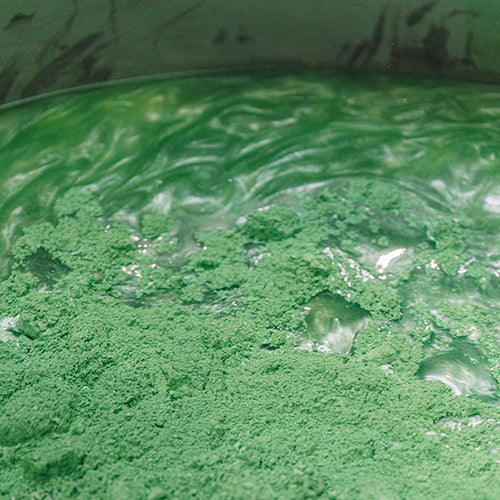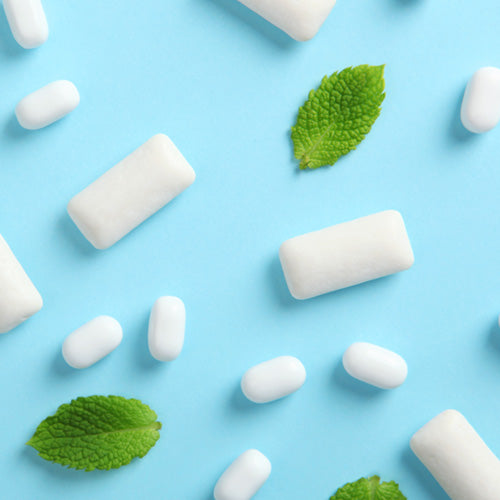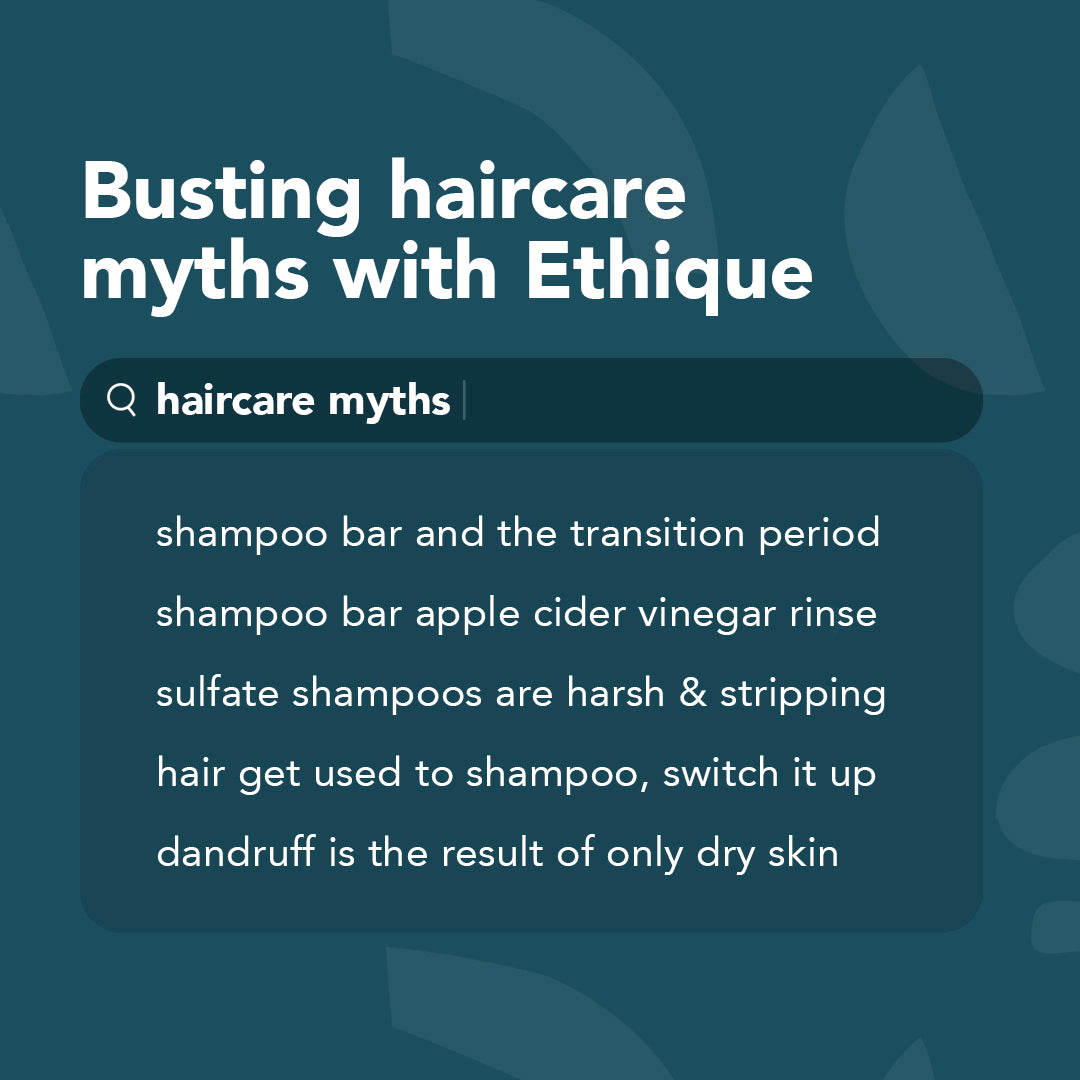The term ‘mica’ refers to a group of shimmery, versatile minerals widely used throughout the cosmetics industry as a pigment or colourant. You will find them in all kinds of body and beauty products where it is used to add shimmer and colour. The pearly dust is completely skin safe and is a naturally occurring group of silicate minerals that are used in everything from electronics to cosmetics.

Unfortunately, the sourcing of this ingredient is not without its issues. Mica is mined, and some of these mines use child and forced labour. The glitter in your eyeshadows may come from one of the beauty industry’s darkest secrets.

Illegal mica mine conditions and child labour
Some mica mines provide no protection, support, or any kind of safety measures for the children – some as young as 5 years old – or the adults who work in the mines. Brutally harsh conditions and extremely long days in the hot sun are some of the things that wait for the people that work there.
Small children are forced to go down the narrow shafts, some as much as 15-30 metres deep to get to the mica that the adults can’t reach. Cuts, broken bones, serious injury, and at times death are all part of the everyday risks they are forced to take due to unstable mineshafts and injuries from the tools used.
Many children have died and seen their family members die on the mines. All for just a wage of between 25-50c (USD) per day, depending on how much they can dig up. 1kg of mined mica will get the miners 8c (USD) but will get $1000 (USD) on the international market.
As consumers, you all have the power to demand ethical transparency from the brands you use and support. Raising awareness and asking questions about sourcing and ingredients will start important conversations and force brands to raise their awareness and their ethical game.
What is being done to end child labour in mica mining?
With the spotlight on the mica mining industry, there is huge global pressure, and a lot of progress is being made. There are now organisations working to create change, such as the Responsible Mica Initiative and BBA (Bachpan Bachao Andolan). They have programs for rescuing, rehabilitating, and educating children so that they don’t have to work anymore. Unfortunately, child labour is enormously complex and simply enforcing existing bans can have much worse ramifications.

Ethique and our stance on mica
We use mica as colorants in a lot of products in order to help you tell the difference between your bars.
Our suppliers are required to provide legally binding declarations that the ingredients they provide us are child and forced labour free and that they meet income and safety standards.
As a result, we do not use mica that is sourced from India and Madagascar, where unfortunately the mining industry is unregulated.
We take our environmental and social responsibility commitments very seriously. Everything from ingredient sourcing, fair-trade practices to transparent, verifiable supply chains and so much more. We are constantly evaluating our processes, practices, and footprints to explore what we can do better. And this brings us to mica alternatives.

Mica Alternatives
While we are comfortable in our mica sourcing, we are also actively investigating alternative colourants to use in our products. Not only would this eradicate any traces of doubt about mica supply chains in the future, lab-produced, nature-identical alternatives are also typically more sustainable since they do not involve mining of minerals from the Earth.
What to look out for in an ingredients list
Natural mica will appear in an ingredient list as Mica, CI 77019 or Potassium Aluminium Silicate.
Synthetic mica is listed simply as Synthetic Mica or Synthetic Fluorphlogopite.
In some ingredient lists (where regulations require) you will also see the breakdown of the colourant coatings like titanium dioxide (whitener) and iron oxides (colours), which appear as CI77891 and CI77491 respectively.
Pro tip: on cosmetic ingredient lists, ingredients at the very end of the list that begin with a CI are colourants. The CI is an abbreviation for Colour Index, and some common ones other than the aforementioned titanium dioxide and iron oxide include CI 77861 (tin oxide), CI 77742 (manganese violet), and CI 77288 (chromium oxide green).
What can you do?
Don’t be afraid to ask questions and use your purchasing power!
Approach your favourite brands and ask them to supply information about their supply chains and ingredients, urging them to commit to transparency and better practices.
As consumers, we can choose not to support companies and brands who lack transparent policies and ethical supply chains or who won’t disclose their ingredients or sources.
We can demand better quality products that care for people and the planet with our wallets.
Have any questions about mica or any of the other ingredients we use in our products? Get in touch with our team of Miracle Workers who are always happy to help via hello@ethique.com!



